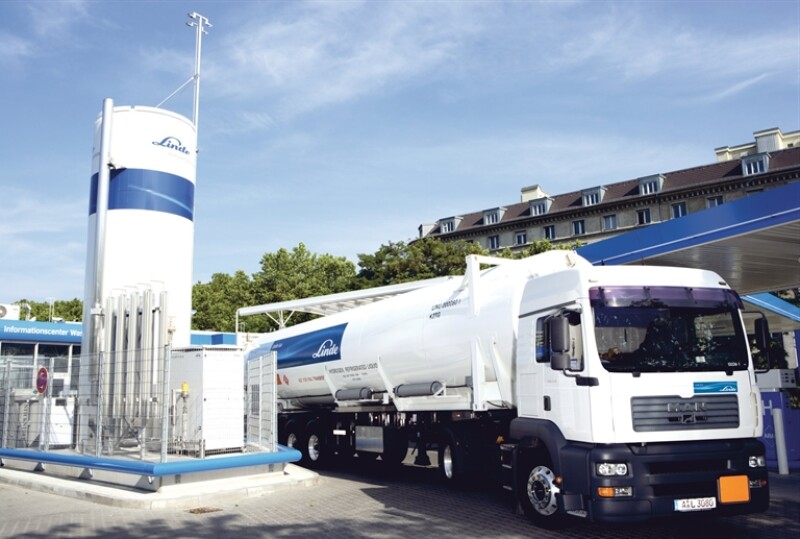Supermajor BP and industrial gas supplier Linde announced plans to begin the construction of a large-scale carbon capture and storage (CCS) project in the Houston area.
The UK-headquartered companies aim to begin CCS operations by 2026 at the earliest and could scale injections to a maximum of 15 million mtpa of CO2. The joint project's proposed 15 million mtpa target would dwarf the planned 4 mtpa capacity of the world's largest CCS project at the Chevron-operated Gorgon LNG facility in Australia.
Multiple onshore locations will be required to reach the injection goal, which the companies equated to the emissions abatement of 3 million cars each year.
The initial scope calls for the CO2 to be sourced from Linde's hydrogen-production facilities around Houston with the potential to include other hydrogen plants in other parts of Texas. The companies added in their joint statement that the project may be expanded to include other industrial sources of CO2.
Linde said it will be responsible for providing the capturing and compression technologies.
Adding a CCS element to Linde’s existing facilities will enable the firm to market low-carbon hydrogen products under long-term contracts.
Linde operates hydrogen plants across the US and in 2021 started up a plant near Houston to liquefy up to 30 tons of hydrogen per day from a pipeline that is connected to 15 hydrogen-production sites. The company said it will also extend the proposed CCS project to reduce the emissions intensity of other chemical and fuel products.
“Linde is committed to lowering absolute carbon emissions 35% by 2035 and reaching climate neutrality by 2050. Capturing the CO2 from our hydrogen-production plants in the Houston area will be a significant step towards achieving these goals," Dan Yankowski, president of Linde Gases North America, said in the announcement.
BP, which has set a goal to reach net-zero emissions from its operations by 2050, said its role includes the appraisal, development, and permitting of the subsurface storage reservoirs.
It will also use its trading and shipping arms to support the project with renewable energy and natural gas that has been certified as meeting certain environmental criteria.
“The energy expertise in Texas and strong supply chains have been generations in the making," Dave Lawler, chairman and president of BP America, said in the statement.
He added, “This new low-carbon energy project will help us leverage those strengths for the next chapter of the energy transition. In particular, it can help decarbonize hard-to-abate industries for the greatest potential impact on emissions while protecting jobs."


